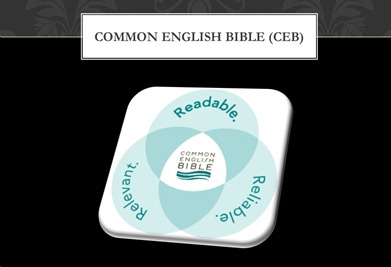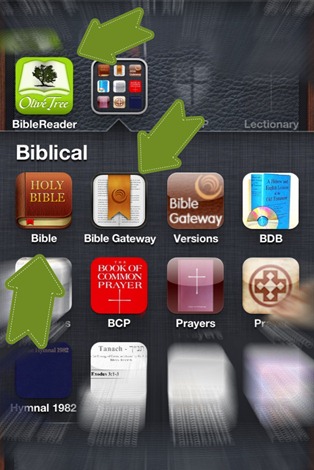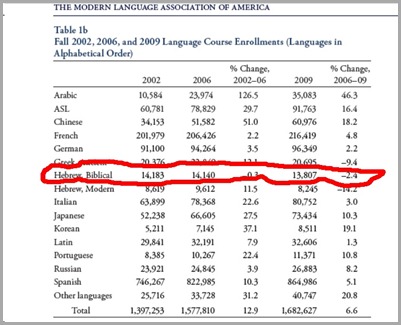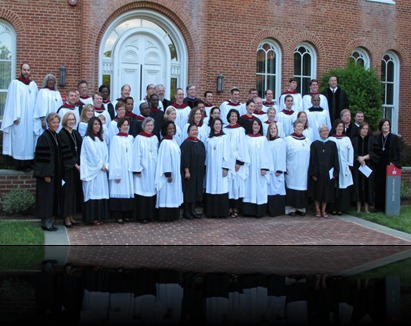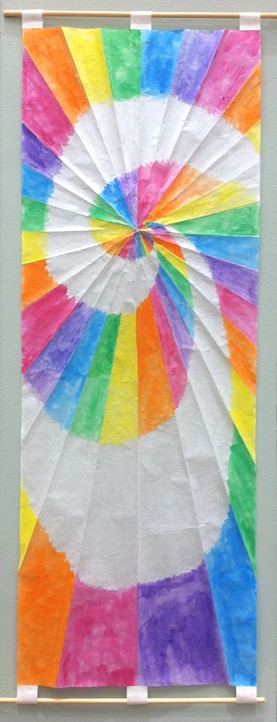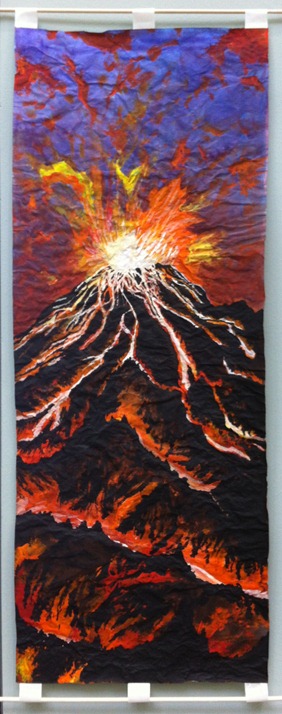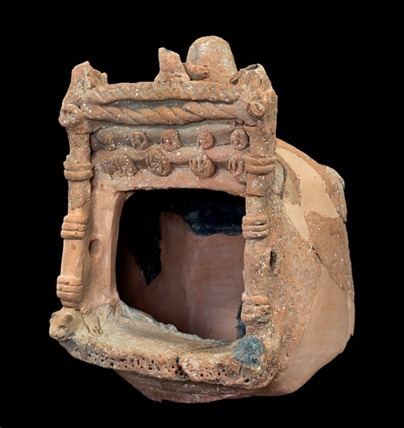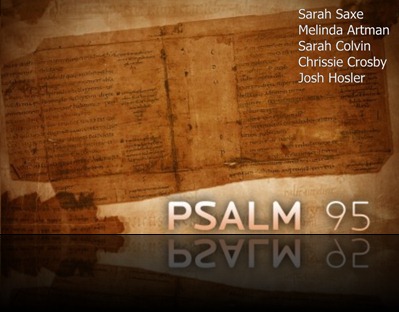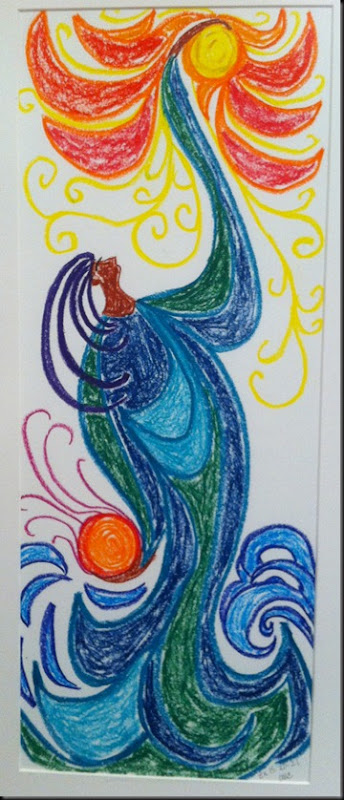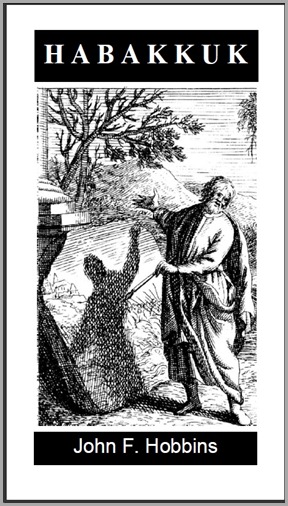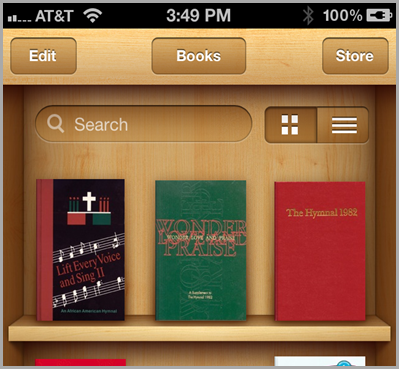Do Academics Matter?
Two Texas professors on why academic research matters
By Jo Ann Hackett and John Huehnergard
It was spring break 2009, and we were spending it in Florida, watching our beloved Red Sox play spring training games. We had a glorious week, seeing our baseball heroes a few feet from where we sat in the stands. Our time in Florida was cut short by a couple of days, though, so that we could fly to Austin to give a paper and to meet with members of the University of Texas' Department of Middle Eastern Studies, the Department of Religious Studies, and Deans Randy Diehl and Richard Flores of the College of Liberal Arts. When our two days were over, and we got situated in the plane for Boston, we each asked the other, "What do you think?" And we had the same answer: "We've got to make this work. I really want to come here." Each of us had taught at Harvard University for more than two decades. But although Harvard had recently selected a historian as its president, a series of deans had made it clear that, as Harvard faced a financial meltdown, the humanities were expendable. If anywhere, Harvard should be the depository of, as well as the cutting edge of research in, what we know about our world and how we know it; instead, attrition was reducing our top-ranked program in ancient languages and cultures to a shadow of its former self. We felt it was time for a change. But why UT-Austin? It all came about because of an offhand comment, from a recent graduate of our Harvard program who had come here to teach, that UT was expanding its humanities programs. When we expressed interest in joining the faculty, the speed with which the departments and the administration moved on the possibility was stunning. Once we arrived for our interview, it was clear to us that UT was a university on the move, blossoming, increasing its coverage of both new and traditional fields of study in the humanities. There was a clear determination to do whatever it took to put UT among the ranks of superb research universities. We felt a respect for the humanities and for the past that was music to our ears. We had often wondered: How can you hope to understand the modern Middle East without knowing the history of the region? Without knowing that some of the same arguments that plague the region today have been going on for thousands of years? Arguments over water rights, over tribal boundaries and entitlements, over the universal justice that was promised with each new ruler — and was denied again and again. All of these predate even the Islamic period by thousands of years; such knowledge simply can't be lost. What are the origins of tribal factionalism in Afghanistan or Yemen? Why did Saddam Hussein choose to portray himself as an ancient Babylonian king — Nebuchadnezzar — and what did that mean to the people of Iraq? In two days at UT, we could see that the people we talked to understood why what we do is important, we could feel the curiosity about what we could offer. Our research into ancient languages and cultures was in fact a desirable field for the university to pursue. The professors we met were clearly delighted to be here. They told us UT is a place where their research was respected and encouraged; UT is dedicated to students and to introducing students to our shared past; UT is a place where they felt they could make a difference, in students' lives, in the research fields they were pursuing, in the institution itself. Since we had always hoped to broaden students' experiences by teaching them about other cultures, to excite them and spur some of them to become researchers themselves, we were delighted by this environment. Barely a month later we "retired" from Harvard and became members of the UT faculty. By August , we were ensconced in a new home and new offices, the whole process dizzyingly quick. But all for the best possible reason: We are happy here. We are also now, suddenly, wondering whether we made a mistake. The ideas we hear floated by some "experts" in higher education — that research and teaching should be separated and that some research isn't useful to the university, isn't cost-effective — are the exact opposite of what led us to move to Texas. They are also ideas that will ensure that UT will no longer be the great university we thought we were coming to. The "professors who do not bring in as much money as they cost" is often code for the humanities. We are the ones who rarely have large grants to support our work, who can find, in fact, few sponsors to support our research. So our salaries are generally paid us without the expectation that we will find a research project that the Defense Department is interested in or establish a lab that will spawn biotech companies. And of course there is some frivolous research in the humanities, but there is frivolous research in every field. Research that is supported by outside money is every bit as open to trendy theories that don't pan out, or to ideas that in retrospect seem downright silly, even though donors could be found all the same. One of us taught a course that required its students to do some research of their own, precisely the kind of research that is now being derided by some very powerful people. The students were to find out why five different scripts — Egyptian, Phoenician, ancient Hebrew, Greek and Latin — adorn the lower six floors of UT's iconic Tower. The world can live without such research, and it certainly did not bring in money with which to pay a salary. But it was the Tower! Why is it the way it is? Amazing as it sounds, no one seemed to know. The students discovered that the Tower alphabets were the brainchild of a classics professor and dean, William J. Battle, who also served as chair of the faculty building committee when the Tower was planned and built. The Tower was to serve as the main library and to be a symbol for the entire university, and the letters encapsulate the history of learning. The students themselves did the archival work that answered the questions. They will surely always remember that course: for the fun of solving a mystery; for the hard work of finding in libraries and archives what no one has looked at in decades; for the surprise that there are competing explanations even about events in the very near past and for the judgment they had to use to decide between them; for learning what is proof and what is simply assertion. Some of these lessons they will carry with them for the rest of their lives, and all because they took a course from a professor who understands, and in fact furthers research in, ancient scripts. Most of us involved in this debate have an interest in whether the Bible, originally written in Hebrew, Aramaic and Greek, is translated into English properly. How do we know? Why do some passages change with time, and why do some acquire quite different meanings that King James' scholars missed? It is because people have discovered and learned to read cuneiform tablets, hieroglyphic monuments, shards of pottery with notes about ancient tax payments or troop movements. One of the Dead Sea Scrolls gives us a paragraph at the end of 1 Samuel 10 that explains the argument between the king of the Ammonites and the people of Jabesh-Gilead at the beginning of 1 Samuel 11. Many recent Bible translations include this material as part of 1 Samuel. For those who think the paragraph is part of the original story, the canon has changed — not a lot, but any change in the canon is a significant event to those who respect it. Do we really want to discontinue research into such questions, to say we know enough about the biblical text, or Hammurabi, let's stop here? Or to say, let's leave that research to scholars at other universities; we'll just use whatever they find out? UT is a great university, not only because of the ability of its faculty to win grants and make discoveries that will ease our lives, and not only because its graduates can do everything from management consulting to building skyscrapers. All of this is important, necessary even, in today's world, and it is exciting. But those students also need to learn to be part of our global community, and how to structure an argument and to judge someone else's, to learn how to think and to know what makes us who we are. For most active scholars, teaching and research are inseparable. Our research informs every course we teach, from graduate seminars to our freshman Signature courses. Almost everything that makes up the intellectual and critical content of a course — in the natural sciences, in the social sciences, and in the humanities — is the product of someone's research. Students readily understand the difference between "this is what has been discovered about this topic" and "this is what we are discovering about this topic." When their professor is actively engaged in research, they too become part of the process of learning how we know what we know, of learning how we learn. That may not pay monetary dividends in the short run, but our students' lives are permanently enriched.
-------------------------------------------
Jo Ann Hackett and John Huehnergard are professors of Middle Eastern studies at the University of Texas. Hackett, also a professor of religious studies, specializes in Old Testament and Hebrew studies, Semitic languages and epigraphy, women in the ancient Near East and mythology; her faculty Web page is at http://bit.ly/l6iQHg. Huehnergard specializes in Semitic languages and linguistics; historical linguistics; writing systems and ancient Near Eastern history; his faculty Web page is at http://bit.ly/lfSdnK. The two are married.

